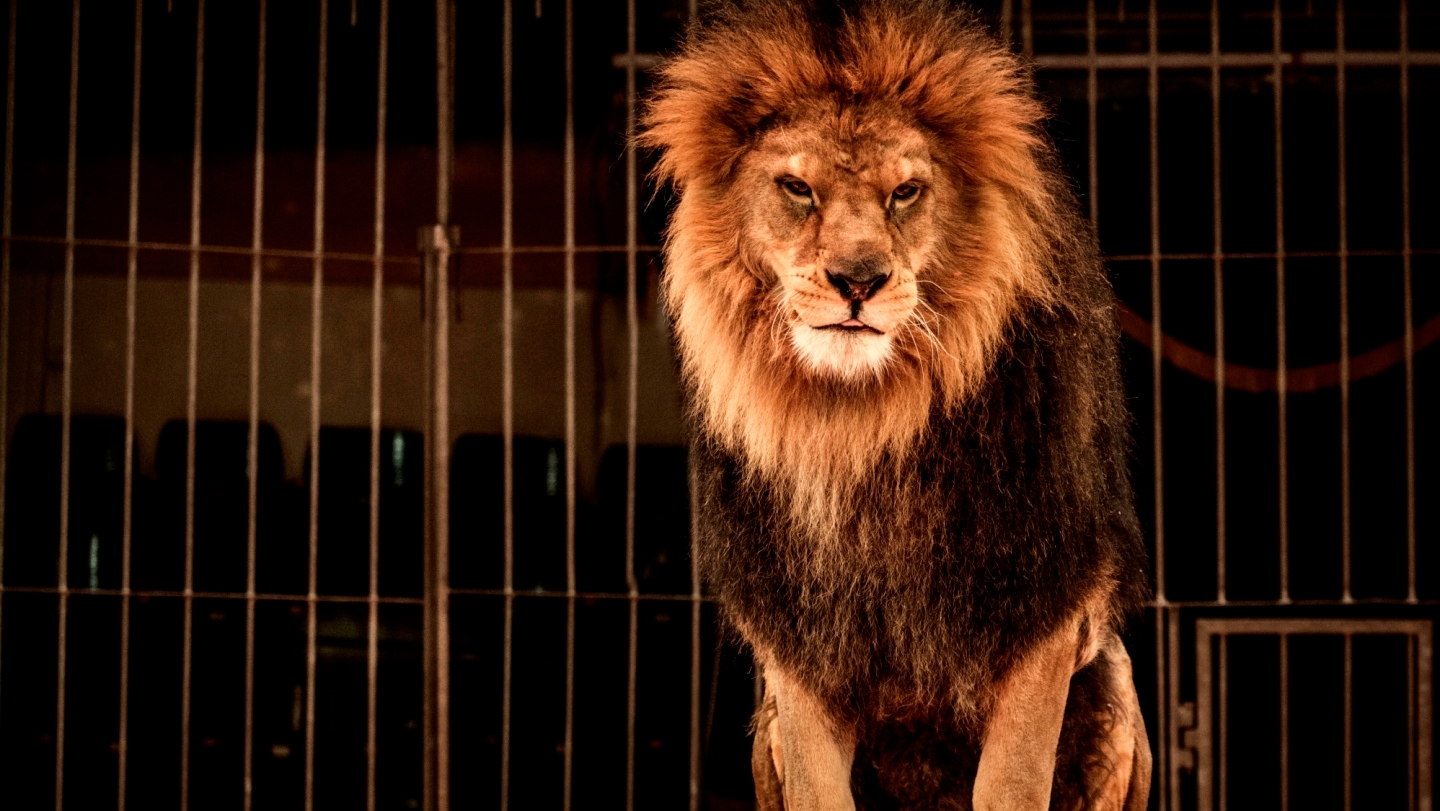11 Facts About Circus Animal Abuse

Welcome to DoSomething.org, a global movement of millions of young people making positive change, online and off! The 11 facts you want are below, and the sources for the facts are at the very bottom of the page. After you learn something, Do Something! Find out how to take action here.
- Circus animals have the right to be protected and treated humanely under the Animal Welfare Act.^[States United for Biomedical Research. "Animal Welfare and Animal Rights." Web Accessed March 14, 2015.]
- Tigers naturally fear fire, but they are still forced to jump through fire hoops in some circuses and have been burned while doing so.^[Big Cat Rescue Corp. "Circus." Web Accessed March 14, 2015.]
- Circuses are repeatedly cited by the U.S. Department of Agriculture (USDA) under the Animal Welfare Act for trailers that have splintering wood and sharp, protruding metal pieces near animals' cages.^[Born Free USA. "Circus" Web Accessed March 14, 2015.]
- Trainers use whips, tight collars, muzzles, electric prods, bullhooks and other painful tools of the trade to force animals to perform.^[People for the Ethical Treatment of Animals. "Circuses." Web Accessed March 14, 2015.]
- In more than 35 dangerous incidents since 2000, elephants have bolted from circuses, run amok through streets, crashed into buildings, attacked members of the public, and killed and injured handlers.^[People for the Ethical Treatment of Animals. "Circuses." Web Accessed March 14, 2015.]
- Every major circus that uses animals has been cited for violating the minimal standards of care set by the United States Animal Welfare (AWA).^[Born Free USA. "Get The Facts: Specific Circus Fact Sheets." Web Accessed March 14, 2015.]
- 11 months a year they travel over long distances in box cars with no climate control; sleeping, eating, and defecating in the same cage.^[People Helping Animals. “Enjoy the Circus? The Animals Don’t.” Web Accessed March 14, 2015.]
- Virtually 96% of a circus animal’s life is spent in chains or cages.^[PAWS. "Enjoy the Circus? The Animals Don't." Web Accessed March 14, 2015.]
- Since 1990, there have been more than 123 documented attacks on humans by captive large cats in the United States, 13 of which resulted in fatal injuries.^[Born Free USA. "Circus." Web Accessed March 14, 2015.]
- During the off-season, animals used in circuses may be housed in small traveling crates. Such confinement has harmful psychological effects on them. These effects are often indicated by unnatural behavior such as repeated swaying, and pacing.^[People for the Ethical Treatment of Animals. "Circuses: Three Rings of Abuse." Web Accessed March 14, 2015.]
- Lack of exercise and long hours standing on hard surfaces are major contributors to foot infections and arthritis, the leading causes of death among captive elephants.^[People for the Ethical Treatment of Animals. "Get Elephants Out of Zoos." Web Accessed March 14, 2015.]
GET INVOLVED
Make a difference in your community and add your vision to the future of our democracy
